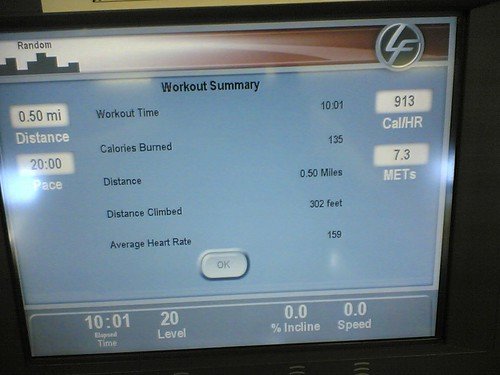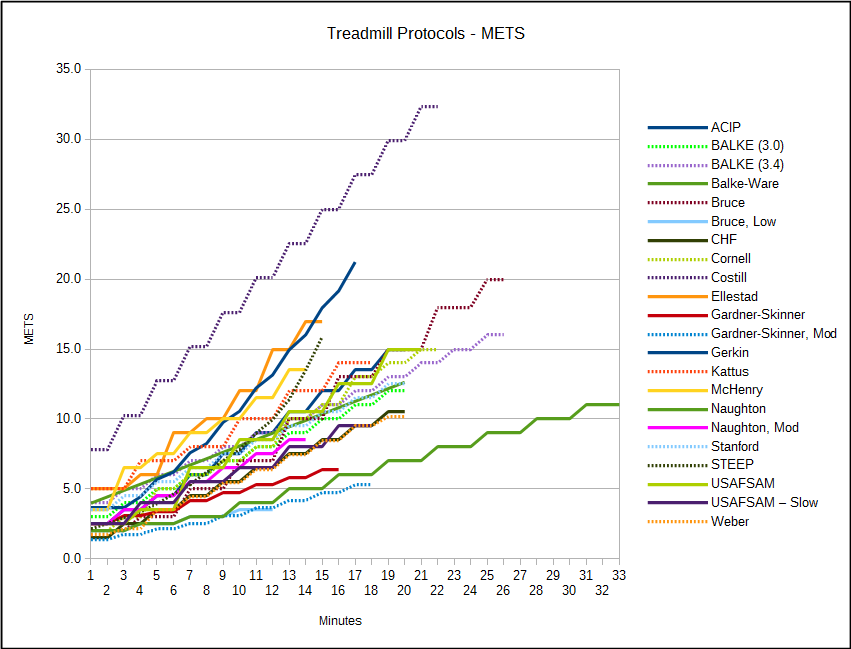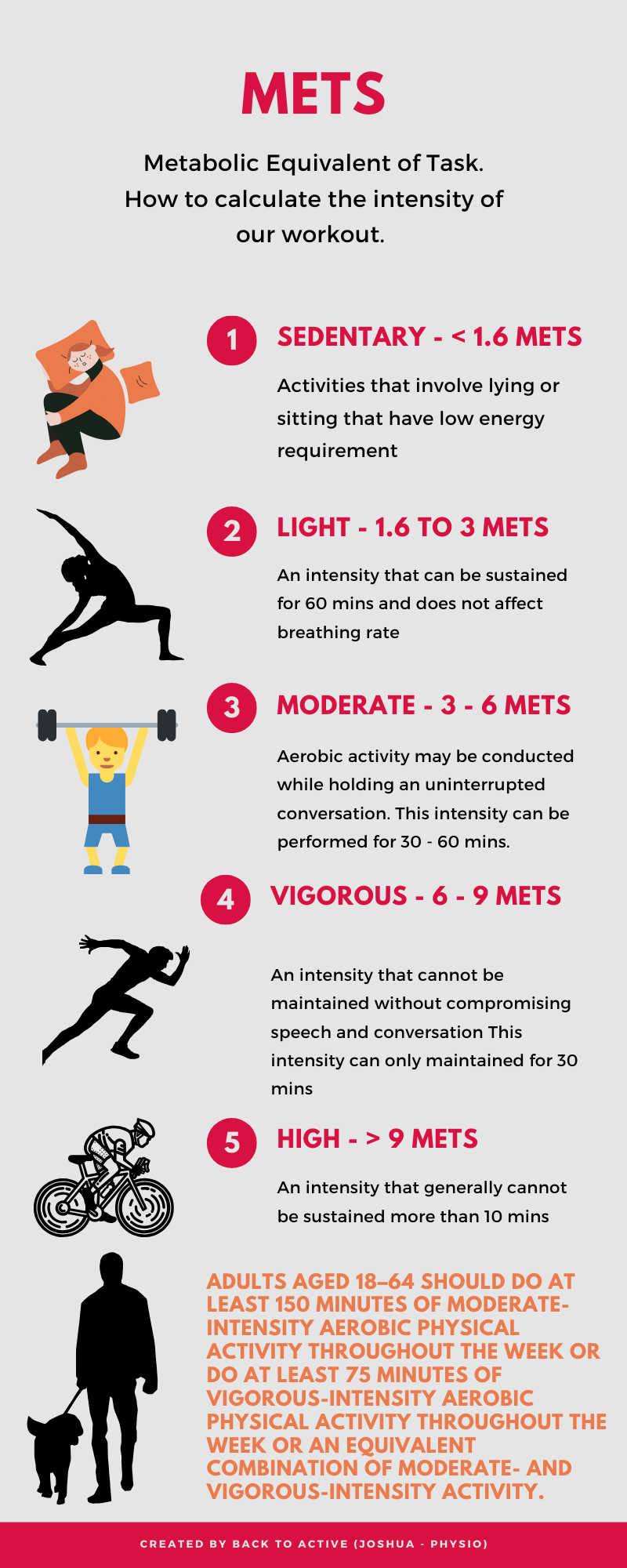Hey there, fitness enthusiasts and treadmill enthusiasts alike! Today, we're going to dive into the amazing world of MET levels and find out what happens when you hop on a flat treadmill and start running at a speed of 6 miles per hour. So, what is the MET level of a person running at this pace on a flat treadmill? Let's find out!
First things first, let's quickly understand what MET levels are all about. MET stands for Metabolic Equivalent of Task, which is a fancy way of measuring the energy expenditure of physical activities. In simpler terms, it tells us how intense a particular activity is in relation to resting energy expenditure.
Now, picture yourself in your favorite gym, ready to hit the treadmill. You jump on the machine, set the speed to 6 miles per hour, and off you go! As you start running, your heart rate increases, your muscles engage, and your body begins to burn calories like a champ. But what is the MET level of this activity?
Well, dear reader, running at 6 miles per hour on a flat treadmill falls into the category of moderate-intensity aerobic exercise. According to the American College of Sports Medicine, this activity has a MET level of approximately 9.8. So, what does that
What are Watts and METs on a treadmill?
By using a combination of average METs/Watts and total distance, your clients can accurately measure progress. Watt: A measurement of power created during an activity. MET: Amount of energy used during an activity, dependent upon an accurate weight input. Calories: A measure of energy expenditure.
What is good METs on treadmill?
Exercise capacity is based on metabolic equivalents (MET) achieved, (one MET is defined as 3.5 mL O2 uptake/kg per min, which is the resting oxygen uptake in a sitting position). Less than 5 METS is poor, 5–8 METS is fair, 9–11 METS is good, and 12 METS or more is excellent.
What does Watts mean on a treadmill?
Watts is a measurement of the power you are producing. It is how much energy is needed to overcome inertia and make things go, like pedaling your bike, climbing stairs, powering the elliptical or even running on a treadmill. Simply speaking, the more power you are producing, the harder you are working.
What is a good watt for exercise?
Wattage goals will vary from person to person. No exact watt number is appropriate for all riders. Generally speaking, a beginner cyclist may average around 75–100 watts in a 1-hour workout. A fit participant will average more than 100 watts, and pro cyclists can reach 400 watts per hour.
How many METs is healthy?
For example, sitting quietly represents one MET, whereas jogging at six miles per hour represents 10 METs. Multiplying the MET value by the activity duration (in minutes) results in a total (in MET. min). Healthy adults should expend between 450 and 750 MET.




What is a good METs level for exercise?
Exercise capacity is based on metabolic equivalents (MET) achieved, (one MET is defined as 3.5 mL O2 uptake/kg per min, which is the resting oxygen uptake in a sitting position). Less than 5 METS is poor, 5–8 METS is fair, 9–11 METS is good, and 12 METS or more is excellent.
Frequently Asked Questions
What is METs when working out?
MET stands for the metabolic equivalent of task. One MET is the amount of energy used while sitting quietly. Physical activities may be rated using METs to indicate their intensity. For example, reading may use about 1.3 METs while running may use 8-9 METs.
How many METs is 6 mph?
9.8
Here is a table of MET values for many popular activities:
| Activity | METs |
|---|---|
| Running – 6 mph (10 min./mile) | 9.8 |
| Running – 14 mph (4.3 min./mile) | 23.0 |
| Golf – walking (carrying clubs) | 4.3 |
| Tennis – singles | 8.0 |
How do I calculate my METs?
MET is a number that indicates the relative rate at which you burn calories during an activity. Sitting quietly has an MET of 1. Measure your heart rate during an activity and divide by your maximum heart rate, which is 220 minus your age. Then multiply by 100.
How do you measure METs on a treadmill?
To determine the metabolic equivalent or MET Level, first find your speed along the bottom and then match it up with the corresponding incline. MET level is found at the intersection of speed and incline. As an example, walking at 1.0 mph with no incline (0%) is equal to 1.8 METs.
FAQ
- What is METs on a treadmill?
- METs. MET stands for the metabolic equivalent of task. One MET is the amount of energy used while sitting quietly. Physical activities may be rated using METs to indicate their intensity. For example, reading may use about 1.3 METs while running may use 8-9 METs.
- How do you calculate work rate on a treadmill?
- The treadmill work rate was calculated with the formula WR = mass·g·v·sin (θ), where v is treadmill speed and θ is treadmill angle.
- How many METs is an 8 minute mile?
- 8-minute mile pace: 11.8 METs (751 calories per hour)
- How do you calculate METs on a treadmill?
- The methods to calculate METs differ for men and women.
- METs for women: Note down the time you spend on the treadmill. Multiply it by 4.38. Subtract 3.9 from the above result.
- METs for men: You may use the formula to determine the METs for men: METs = (14.8 - (1.379 × T) + (0.451 × T²) - (0.012 × T³)) / 3.5.
What does watts and mets mean on a treadmill
| How do you find MET on a treadmill? | To determine the metabolic equivalent or MET Level, first find your speed along the bottom and then match it up with the corresponding incline. MET level is found at the intersection of speed and incline. As an example, walking at 1.0 mph with no incline (0%) is equal to 1.8 METs. |
| What is a 6 METs equivalent to? | Moderate intensity—Uses from 3.0-6.0 METs. Examples are walking briskly, vacuuming, or raking leaves. Vigorous intensity—Uses from 6.0+ METs. Examples are walking very quickly, running, taking an aerobics class, or shoveling snow. |
| How do treadmills calculate METs? | Treadmill MET Chart To determine the metabolic equivalent or MET Level, first find your speed along the bottom and then match it up with the corresponding incline. MET level is found at the intersection of speed and incline. As an example, walking at 1.0 mph with no incline (0%) is equal to 1.8 METs. |
- How many METs is 2.5 mph?
- The Compendium of Physical Activities reports that walking at 2.5 mph associates with absolutely-defined moderate intensity (i.e., ≥3 metabolic equivalents [METs]).
- What should my treadmill speed be?
- Here are the recommended speeds for different levels:
Apr 12, 2022Level Speed Range Walking Less than 5 km/h (3 mph) Jogging 6-9 km/h (4-6 mph) Running Around 12 km/h (8.3 mph) Sprinting Around 18 km/h (12 mph)
- Here are the recommended speeds for different levels:
- How do you calculate METs exercise?
- The formula to use is: METs x 3.5 x (your body weight in kilograms) / 200 = calories burned per minute. For example, say you weigh 160 pounds (approximately 73 kg) and you play singles tennis, which has a MET value of 8. The formula would work as follows: 8 x 3.5 x 73 / 200 = 10.2 calories per minute.
